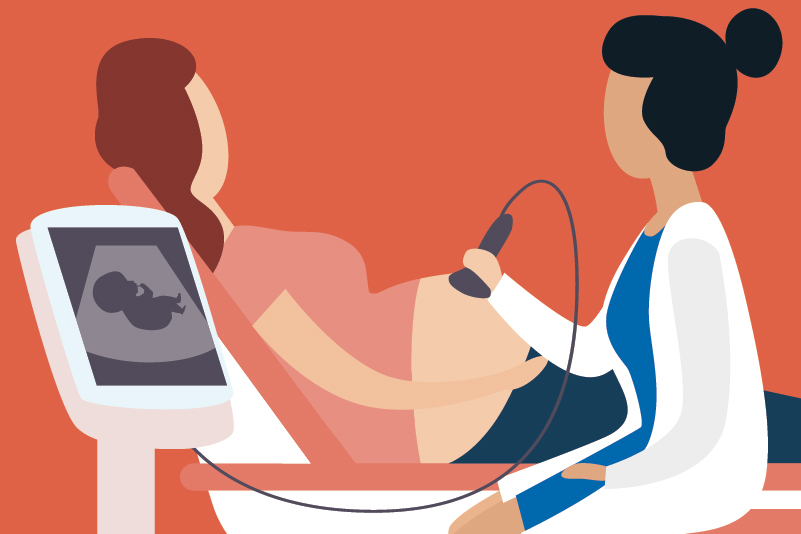#209 Is that cabbage in your bra? Cabbage leaves for breast engorgement

Reading Tools for Practice Article can earn you MainPro+ Credits
Join NowAlready a CFPCLearn Member? Log in
- Versus routine care:
- Cabbage decreased pain at 30 minutes, one and two hours by ~0.4-1 (on 10-point scale).
- Bordering on clinically meaningful.
- Cabbage decreased breast hardness by 0.2-0.4 (on 6-point scale).
- Likely not clinically detectable.
- Cabbage decreased pain at 30 minutes, one and two hours by ~0.4-1 (on 10-point scale).
- Versus gel packs:
- Cabbage decreased pain at two hours after second application by 0.5, other time points no difference.
- Cabbage decreased hardness at two hours after second application by 0.4, other time points no difference.
- No difference in breast feeding rates at three or six months.
- More women were satisfied or highly satisfied with cabbage (99%) than routine care (70%) or gel packs (81%), Numbers Needed to Treat (NNT)=4-6.
- Limitations: Unblinded, inconsistent endpoint evaluations, number of women benefitting not reported.
- One RCT: No difference in chilled versus room temperature cabbage.3
- One RCT: No difference in chilled gel packs versus chilled cabbage; 2/3 of women preferred cabbage (worked quicker), the other 1/3 preferred gel (lasted longer).4
- One RCT: No difference between cabbage extract cream and placebo.5
- Limitations: Unblinded, small sample sizes.
- Leaves can be chilled in fridge for one hour or freezer for 15 minutes.1
- Cabbage leaves are inexpensive, widely available, are the appropriate shape, and have no known harms.
- Other treatments including hot/cold packs, acupuncture, and acupressure also poorly studied.2 Patient preference should guide therapy.














